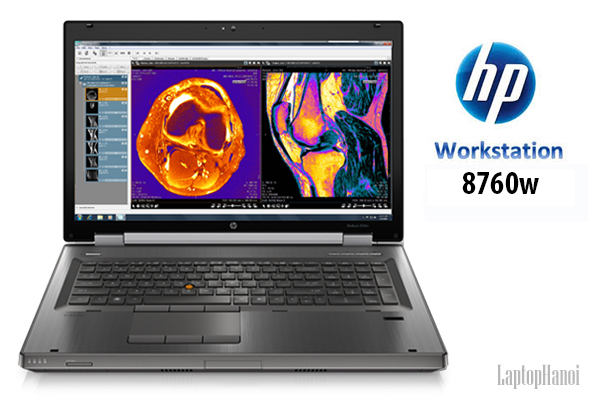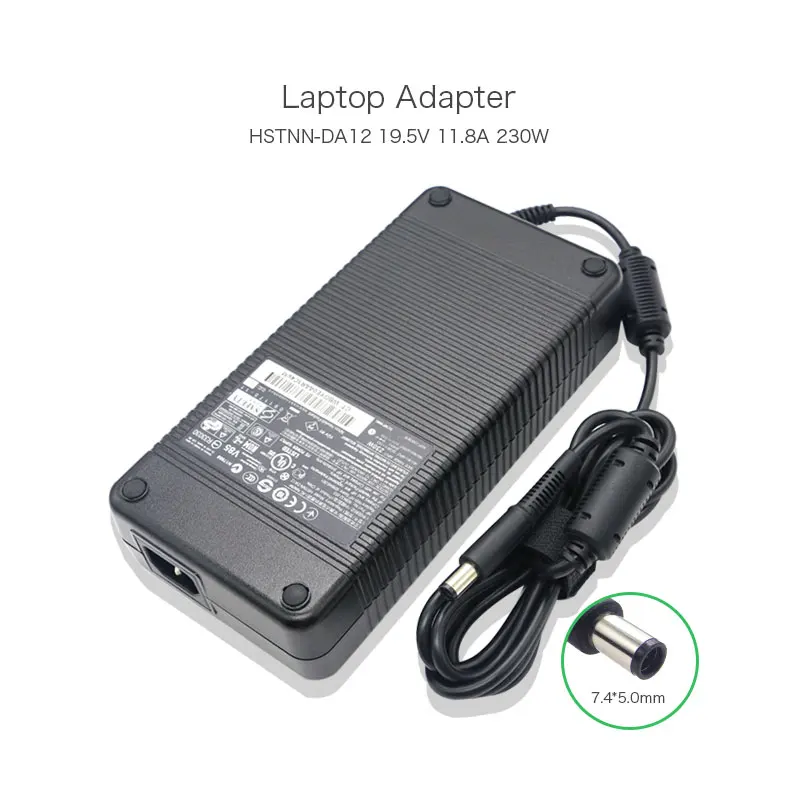


HP ELITEBOOK WORKSTATION 8760W POWER SUPPLY UPGRADE
Rick83 - Thursday, Auglink Well, mostly because the upgrade also includes the price of the base display (probably around 150-200$) and because you get much better back-lighting for desktop screens.Īdditionally, size does matter, there's a bunch more material costs, more/better control circuits, a power supply, a foot, and finally dream color is just a brand - so the panel is probably utterly dissimilar from that used in the desktop.Īlso, the desktop screen market is a much more competitive market, as you can plug any screen into any computer - with the laptop you're limited to the options your producer gives you.

It's a low whoosh as opposed to a high whine, but the high performance components of the 8760w definitely make their presence known when the system is being stressed. Under heavy load you'll definitely hear the fan spin up, though. Temperature-wise, the Quadro 5010M actually remains remarkably cool under load, but the i7-2820QM creeps over 90C, suggesting the potential for turbo to throttle the cores somewhat due to heat. Thermals and noise on the EliteBook 8760w aren't great, but they aren't terrible either. HP is probably betting most users aren't liable to run the 8760w off the mains, but even a muxed graphics switching system wouldn't go unappreciated. That means you're on the dedicated GPU all of the time, and the Quadro 5010M appears to use around 15 to 20W minimum-about double the rest of the notebook!īetween the bigger battery and Sandy Bridge's improved power consumption, the 8760w is at least able to put in a decent showing compared to its predecessor, but it absolutely languishes behind the other notebooks tested, with only the X7200 and its 300 watts worth of CPU and GPU horsepower performing worse. The NVIDIA Quadro 5010M is fast, but it also sucks down a lot of power and HP doesn't support Optimus switching technology with this particular unit. Unfortunately, one place where the HP EliteBook 8760w falls majorly short is battery life.


 0 kommentar(er)
0 kommentar(er)
